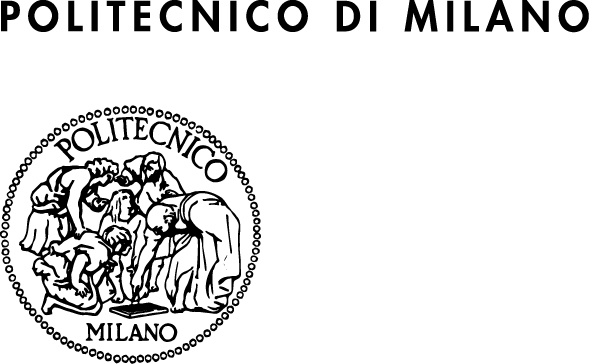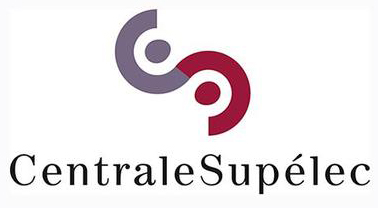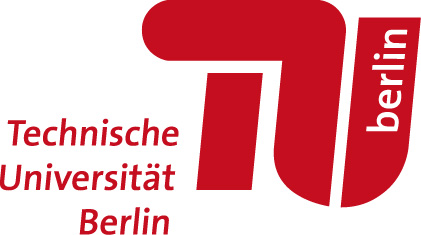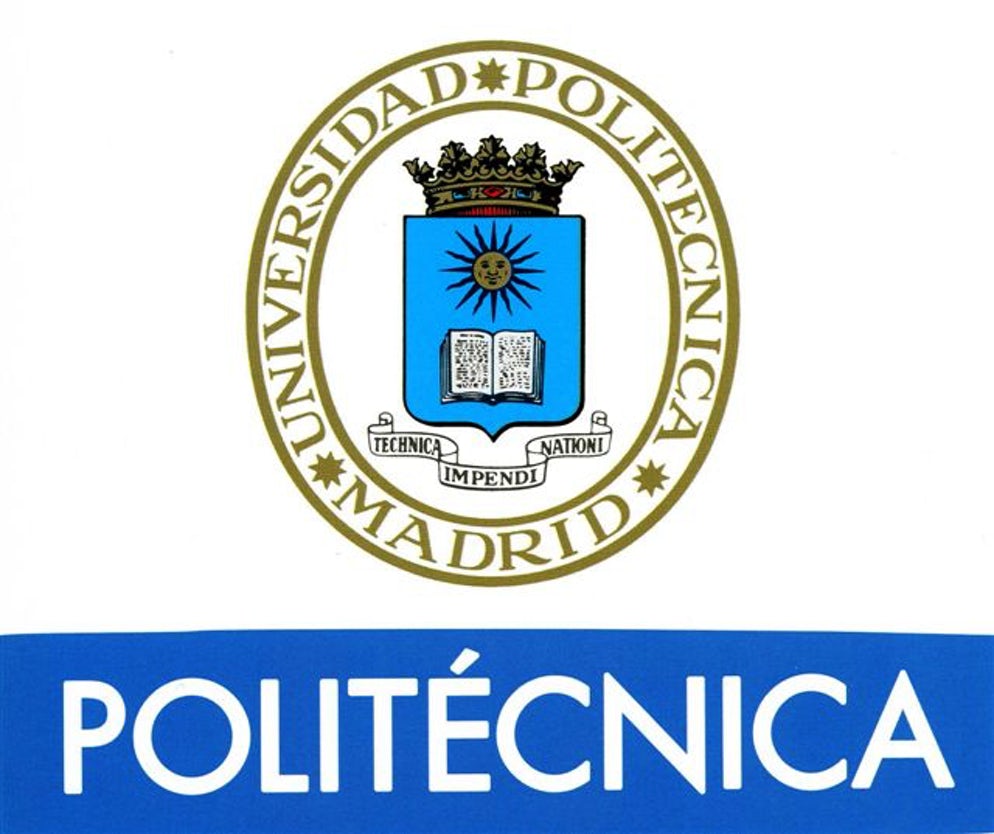Alliance4Tech is a strategic alliance founded by Centrale Supélec, Politecnico di Milano, Technische Universität Berlin and University College London aiming at the creation of a European Campus without borders for their students and faculties.
In the field of architecture, there is cooperation between Politecnico di Milano, Technische Universität Berlin and Universidad Politécnica de Madrid (ETSAM).
xxxxx
xxxx
UCL was founded in 1826 to open up university education in England to those who had been excluded from it. In 1878, it became the first university in England to admit women students on equal terms with men.
Nowadays, UCL has the best academic to student ratio in the UK (1:10), enabling small class sizes and outstanding individual support. UCL is one of the top two universities in the UK for the number of professors, which means that our students are taught by the most highly qualified experts in their field. UCL provides an environment that encourages students to be ambitious yet idealistic. In 2013 alone, UCL students participated in 41,500 hours of voluntary work and set up 80 social enterprises and 25 student businesses.
UCL is the top-rated university in the UK for research strength, and, according to independent analysis, UCL won the largest funding allocation from the UK research councils in 2013 (£135m). UCL also has the greatest number of prestigious Doctoral Training Centres.
UCL attracts the third highest number of academic citations per faculty member in the UK showing the high esteem and relevance of the institution’s research. (QS 2013) All of UCL’s research, subject to permissions, is placed in Discovery − UCL’s online repository, available to everyone.
xxxxx
The Politecnico di Milano is one of the most outstanding universities in Europe, ranked 31st in the world and 8th in Europe among technical universities, according to the QS World University Ranking – Engineering & Technology 2014. Founded in 1863, it is the largest school of architecture, design and engineering in Italy, with three main campuses located in Milan, the heart of fashion and design industries and the future venue of Expo 2015, and five more premises around the Lombardy region. Many important scientists and architects studied and taught here; among them Achille Castiglioni, Gio Ponti, Renzo Piano and Aldo Rossi, both Pritzker Prize in 1990 and 1998 respectively, and Giulio Natta, Nobel Prize in Chemistry in 1963. The Politecnico di Milano is organized into 12 departments, responsible for planning of the research strategies, and 6 schools, responsible for the organization of education. Among these, 3 schools cater for the different fields of engineering and 3 schools for the fields of architecture and industrial design. Thanks to a strong internationalization policy, many programs are taught entirely in English, attracting an ever-increasing number of talented international students, which now form a diverse community from more than 100 different countries.
In the academic year 2013/2014, 23% of the total students enrolled on Master of Science Programs were international. Inter and multidisciplinarity is fostered throughout the academic path, and it is the methodological approach of the Phd School and the ASP (Alta Scuola Politecnica), a school for young talents from all over the world, who develop their skills in a team work context to pursue complex innovation projects. Teaching is increasingly related to research, a key commitment that enables to achieve results of high international standards, while creating connections with the business world. Strategic research is carried out mainly in the fields of energy, transport, planning, management, design, mathematics and natural and applied sciences, ICT, built environment, cultural heritage, with more than 250 laboratories, among these also a Wind Tunnel and a Crash Test centre.
xxxx
CentraleSupélec has recently been formed through the merger of two prestigious and well-established engineering schools in France, Ecole Centrale Paris and Supélec. Today, it comprises 4 campuses (Paris area, Brittany and Lorraine regions), 5000 outstanding students -30% are International-, 1000 staff and 30000 Alumni. Its main campus located 30km south of Paris is part of Paris Saclay University which is to become one of the 10 largest and prominent universities in the world. This scientific and business-study campus has brought together 19 of France’s elite institutions. CentraleSupélec will play a leading role in this new high-tech and business knowledge hub. CentraleSupélec, through its research and teaching, trains and educates tomorrow’s leaders the businesses require in a complex and competitive environment. It provides its students a combination of rigorous academic study and intellectual stimulation as well as highly valuable exchanges with students from its university networks of 200 partners ( T.I.M.E., A4T, Erasmus +, Campus France…) around the world. Thriving for excellence, CentraleSupélec, is becoming a reference in the field of engineering and systems science as well as managerial research including innovation, entrepreneurship and leadership (e.g. 16 research departments, 4 international labs and strong links with over 125 industrial partners.)
We encourage you to explore our websites ( www.supelec.fr; www.ecp.fr, www.centraleSupelec.fr) so you can find out more about what we do.
xxxxxx
The university was re-founded in April 1946. But its roots go back to the Building Academy established in the 18th century. Today, TU Berlin is an internationally famous university in the German capital, at the heart of Europe. With more than 32,000 students in 110 degree programmes it is one of the largest Universities of Technology in Germany. The main focus in research and teaching at TU Berlin is on engineering and natural sciences. In addition, it offers degree programmes in planning, social sciences, the humanities, and economics and management. Apart from the main campus in central Berlin, there are further sites across the city of Berlin and a satellite campus in El Gouna, Egypt.
TU Berlin is dedicated to high quality teaching on a national and international level and currently offers 23 dual-degree programmes with partner universities in Britain, France, Poland, China, Brazil, Russia, Korea, and Chile, and 16 master degree programmes held in English. Some 20 percent of students come from abroad – from more than 130 countries. In the Alexander von Humboldt Ranking TU Berlin holds second place among the universities of technology. Other figures also illustrate TU Berlin’s international nature: TU Professors conducted some 1,200 international cooperation projects between 2012 and 2014. In 2014 there were 110 international scientific contracts at the central university level.
xxxxxx
The origins of the Madrid School of Architecture date back to 1582, the year in which the architect Juan de Herrera proposed to Felipe II the creation of an Academy of Mathematics that included specific architectural studies. Starting in 1757, architecture studies moved to the San Fernando Academy of Fine Arts. In 1848 the Madrid Special School of Architecture became independent as an autonomous institution. Its current headquarters was projected from 1927 as part of the University City of Madrid and was inaugurated in 1936, with the outbreak of the Spanish Civil War. Since 1971, the Higher Technical School of Architecture of Madrid (ETSAM) is part of the Universidad Politécnica de Madrid.
Currently, at ETSAM there are undergraduate studies in Fundamentals of Architecture, eight university master’s degrees, and seven doctoral programs, apart from other titles of their own. The 17 active research groups at ETSAM cover a wide spectrum of architectural research. On the other hand, the practice of architecture occupies part of the activity of the majority of the ETSAM teaching staff, among which are some of the most recognized professionals in Spain.





